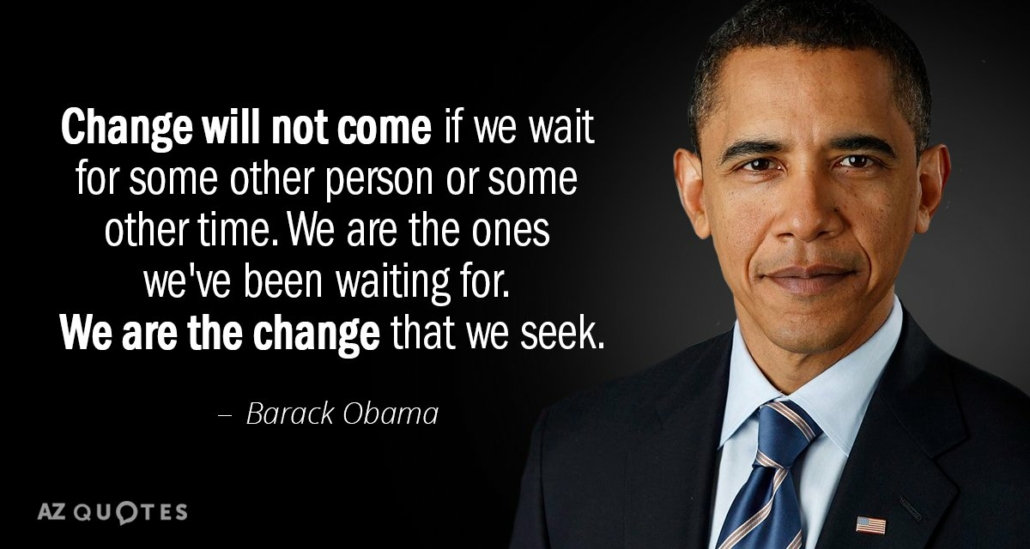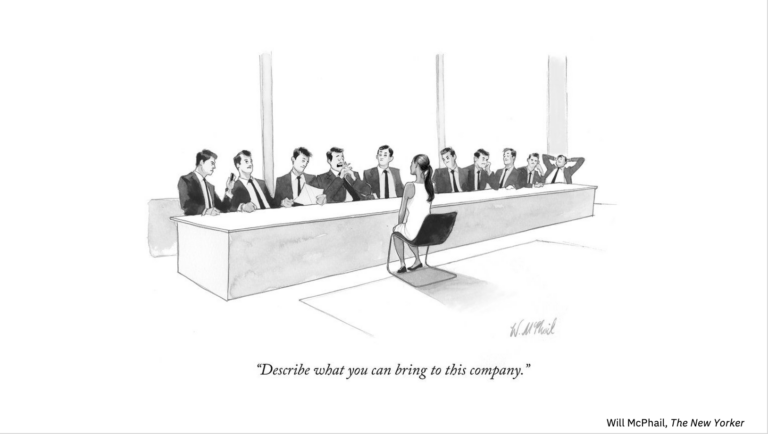
Building Culture Before Bottom Line
Have you ever worked in a toxic setting? If you’re pondering the question, the answer is, “no.” If, on the other hand, your palms are now sweating, and your pulse immediately went into AFib, assume you’ve encountered toxicity in the corporate space. What does toxicity look like? Well, there’s no uniform definition of workplace toxicity, but there are definitely a few things to look for: 1. Management is focused on mistakes instead of successes; 2. Bullies run the show; 3. Work-life balance (or work-life integration as I prefer to say) is not a corporate priority; 4. Profit is the only objective; 5. You work with rivals, not teammates. Any of these ring true for you? I am sorry…and I understand. I have worked in terrible corporate settings over the course of my career, crafting my own definition of workplace toxicity along the way. It goes something like this: If you dread walking into the office every morning and feel like you’ve descended to the seventh ring of hell by the end of the work day, you’re definitely in a toxic environment. Be good to yourself and develop an exit plan.
But let’s assume you survived hell and now have an office (or a cube) with a view within a healthy corporation. Your task as a leader in your setting is to be diligent in the pursuit – the cultivation – of a healthy workplace. But first, I want to address this article’s title…Building Culture Before Bottom Line…the fact is, it’s not a choice of one versus the other…driving the right culture almost assuredly delivers a strong bottom line. SO, what does a healthy culture look like? I suspect there are a trillion different ways to describe healthy settings, so let met instead offer some advice on how to get there.
First, understand and articulate your purpose. I’m not talking about a strategic plan per se; I am suggesting that you be intentional in articulating your team’s purpose within the corporate structure. Make sure everyone can recite the purpose and define how their job description contributes to the purpose. Healthy workplaces are built around a unifying purpose. With everyone on the “same page,” and working toward the same goals, potential toxicity is kept at bay.
Second, be clear about your team values and standards. Make these items concise and repeatable. We believe that everyone is a contributor. We believe that the dignity of every team member must be safeguarded. We will not tolerate racism, bullying, harassment. When values and standards are codified and widely disseminated, you can hold people accountable when their words and/or actions violate your values and standards. Of course it’s always helpful to listen to your gut before you put someone on your team. If the “most qualified candidate ever” presents as a narcissist in the interview, don’t invite him back for a second conversation.
 A healthy workplace always has cultural ambassadors who model your culture to the new hires and tenured alike. Who are your cultural ambassadors? The team members who embody your corporate values and standards. If you want your setting to thrive, identify your cultural ambassadors, publicly celebrate their contributions and example, and equip them to train everyone else. Cultural ambassadors instinctively place the others success ahead of their own advancement.
A healthy workplace always has cultural ambassadors who model your culture to the new hires and tenured alike. Who are your cultural ambassadors? The team members who embody your corporate values and standards. If you want your setting to thrive, identify your cultural ambassadors, publicly celebrate their contributions and example, and equip them to train everyone else. Cultural ambassadors instinctively place the others success ahead of their own advancement.
Finally, be the change you desire in your environment. (Thank you, Gandhi & Obama). Said another way, be a good role model for your colleagues. You can have an exquisite purpose and inspiring values and standards, but they mean nothing to your team if you are a bully or a jerk. Be truthful in your communication with your team. Treat people well. Do not tolerate employees who pour toxins into your workspace…
Sometimes addition by subtraction is the best medicine.




